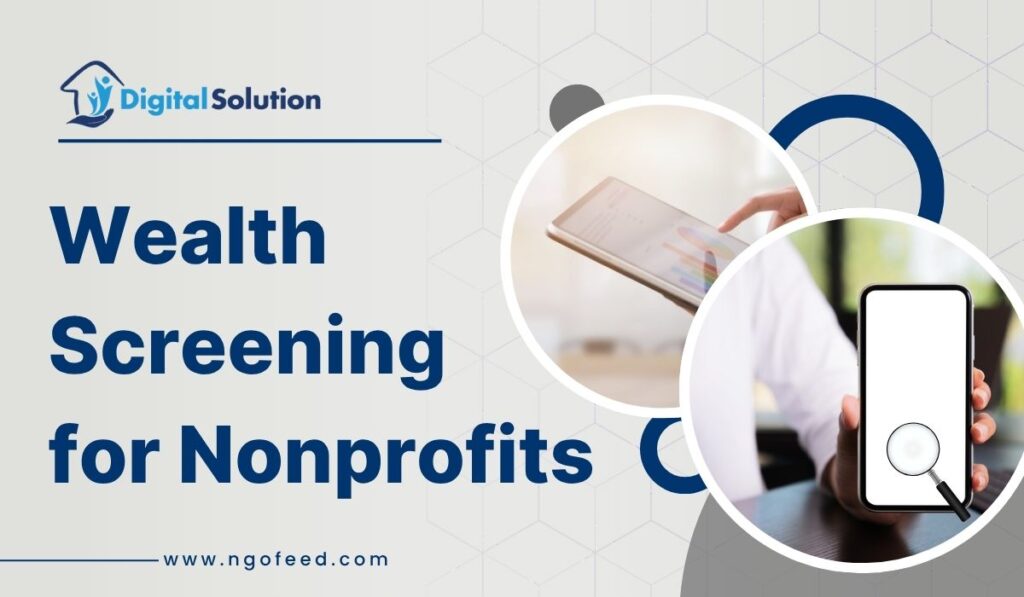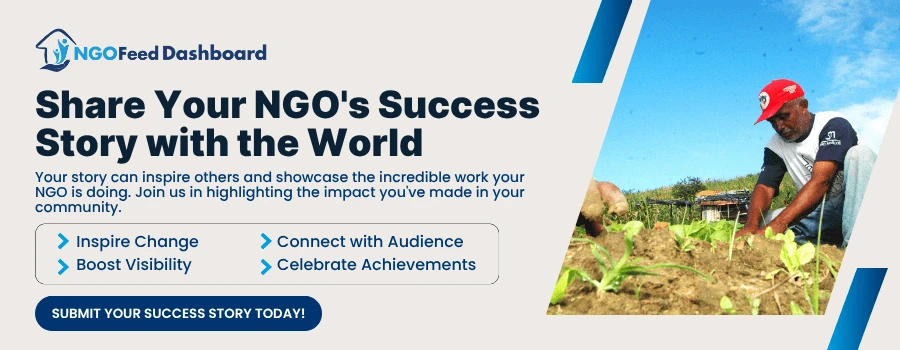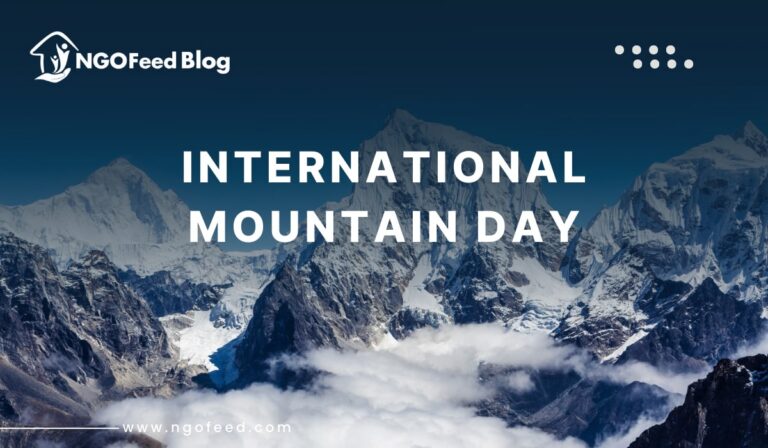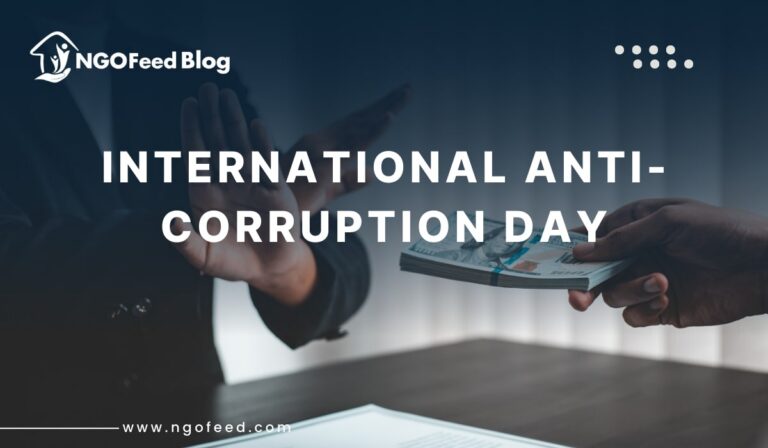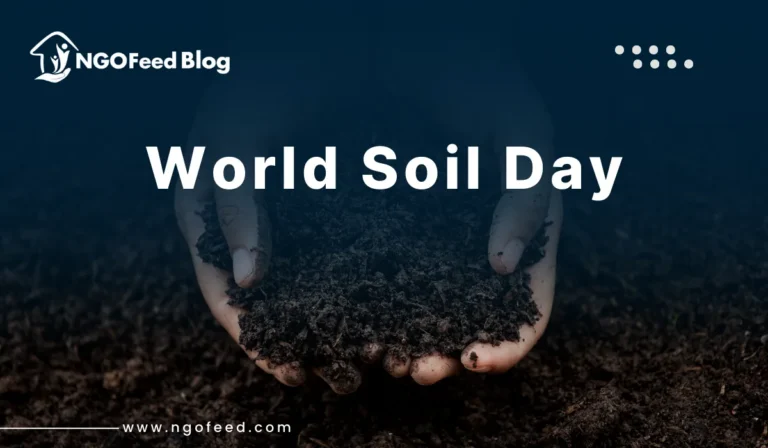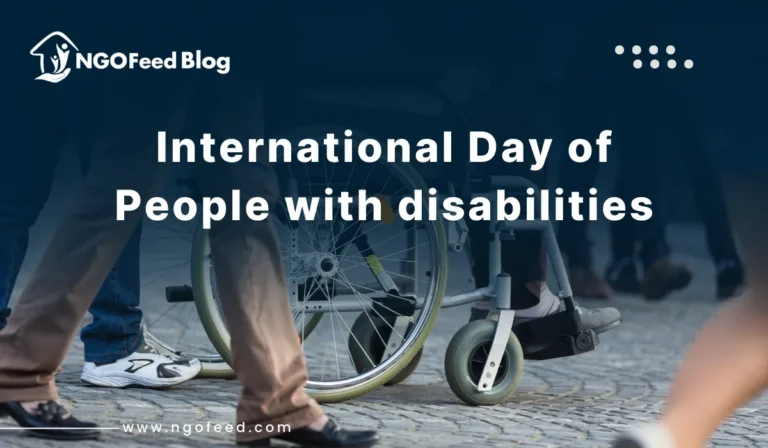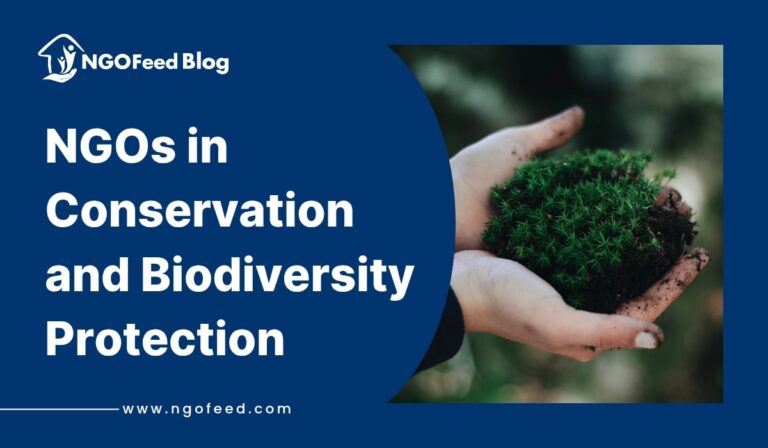Wealth Screening For Nonprofit: As fundraising becomes more intense, businesses in the nonprofit sector need to look beyond regular donor contact to make the most difference. Wealth screening is one of the best tools fundraisers can use to help organizations identify prospective high-value donors. With wealth screening, charities can identify potential donors and concentrate on people most likely to support their mission.
Wealth screening looks at open data about finances, real estate, stock holdings, giving history and similar things to predict a potential donor’s possible contribution. It measures both their assets and the nature of their interest in charitable giving. Thanks to this finding, nonprofits can create messages that suit their supporters, expand their focus on significant donors and design successful campaigns.
Also Read: Gamification in Volunteering
Having limited resources is where wealth screening can be the most valuable for nonprofits. Organizations can now use a selective approach, helping donors who are most likely to keep giving for years to come. If you use wealth screening together with CRM systems and donor research resources, you can increase both your segmentation skills and how you reach supporters with personalized messages.
Now that fundraising is constantly growing, having a data-based strategy like wealth screening is not a choice, but a requirement. When nonprofits want to develop and keep growing, learning about wealth screening can help them reach more potential donors and succeed in raising more funds.
Table of Contents
What Is Wealth Screening For Nonprofit and How Does It Work?
Wealth screening helps charities assess donor giving potential by exploring the public records of individuals. Wealth screening breaks away from only using guesses or previous giving habits by examining data that helps nonprofits understand where and how much a donor can give.
This work requires examining several kinds of data, such as real estate, stocks, business ownership, political donations, past charitable contributions and various signs of wealth. Usually, this information comes from things like public registers, private databases and company financial reports. With DonorSearch, iWave and WealthEngine, specialists can look up donors automatically and rank their chances of donating.
Also Read: Donor Retention Strategies for NGOs
It doesn’t just point out who is rich—it highlights those who might best align with your organization. Patron Insight helps nonprofits group their donors, make their communications more personal and organize targeted fundraising efforts. Suppose someone owns property and likes providing funds for education projects. In that case, they could be attracted to a campaign for a new facility for learning and education.
When you connect a wealth screening’s outcome to your CRM system, fundraisers have an easier time following up, planning stewardship work and leading prospects through the donation process. With proper use, wealth screening allows nonprofits to make better connections, receive bigger contributions and achieve better results with less expenditure.
Essentially, wealth screening helps charities learn how to convert information on donors into effective fundraising methods.
Key Benefits of Wealth Screening for Nonprofits
Using wealth screening messenger helps nonprofits achieve better and more efficient fundraising. The information gained from this tool helps organizations make better decisions about fundraising and build meaningful relationships with their donors.
Also Read: How to Write the Perfect Fundraising Email
Finding potential major donors is a main benefit of wealth screening. Nonprofits can use data to find people who are most likely to write large checks. Because of this, it makes cultivation more effective, leads to tailored asking and increases the chances of successful capital or endowment fundraising.
Properly categorizing donors based on their data is also very valuable. Looking into property, stocks and past gifts from donors, nonprofits can design special messages for each group. Personalizing donors increases their involvement, boosts their faith in you and increases their willingness to continue supporting your work.
With wealth screening, organizations are able to use their resources in a more effective way. Raising funds is made easier by identifying promising leads, not focusing on those that won’t help and organizing work more efficiently. This way, even smaller organizations can help their team focus on the right tasks.
Wealth screening is also key for supporting the planning and forecasting process. When organizations know their donors’ abilities, they can choose sensible fundraising objectives and expect better campaign results.
Also Read: Microdonations for Nonprofits
Furthermore, it attracts the attention of corporate firms and foundations. When nonprofits check a donor’s business and board memberships, they can discover new ways to raise money.
In essence, wealth screening helps nonprofits to earn more, connect with donors and perform well, still staying committed to their purpose.
Best Practices for Implementing Wealth Screening For Nonprofit
When carried out correctly, wealth screening can greatly increase how much a nonprofit fundraises. You should follow these guidelines to boost your accomplishments.
1. Be sure to have set objectives:
Set clear aims for your wealth screening at the beginning. Are you searching for top potential donors, outlining a capital plan or splitting your donor records into groups? If you have set goals, it will be easier to use insights the right way.
2. Make sure you are targeting the best consumer segment.
Instead of examining all your supporters, look at a clearly defined group, such as those who give at the mid-level, your newer backers or people who haven’t donated in a while. Use this approach to save your time and achieve valuable results.
Also Read: Gen Z is the Next Wave of Donors
3. Ensure You Have the Right Tool.
Go for a well-known wealth screening solution such as DonorSearch, iWave or WealthEngine. Make sure that your platform can integrate data in real time, allow you to set personal filters and be linked to your CRM.
4. Always give donors a sense of privacy.
Get your data from sources that are both legal and ethical. Building trust and following ethical rules means you should always explain how your donors’ personal data is managed to them.
5. Link your CRM with your project management tool.
Make sure there is a link between your wealth data and your donor database. Your team uses this to manage interactions, better organize their stewardship plan and enhance campaigns as needed.
Also Read: How to Manage your Nonprofits Budget?
6. Train the people who will handle your fundraising.
Ensure staff have the understanding needed to assess screening and act on its findings when they reach out to potential donors. An initiative’s success often comes from a crew confident enough to approach donors with information.
7. Regularly go over and update your data.
You may see changes in wealth data. Screening your record from time to time ensures that your information is always accurate.
When you follow these tips, your wealth screening plan can be applied, stay ethical and help you with fundraising purposes.
Using Wealth Screening to Build Stronger Donor Relationships
It’s wrong to see wealth screening only as a way to discover big donors—it is also the path to building relationships that matter with people involved in your cause. Having a clear view of a donor’s ability, preferences and giving style allows nonprofits to form better engagement plans.
Also Read: Viral Nonprofit Campaigns for Optimal Impact
The main purpose of wealth screening is to give nonprofits deeper insight into their donors. Rather than sending the same messages to everyone, companies are better off targeting their emails by gifting capability and areas a donor loves to help. If a donor has supported education and owns valuable properties, they are more likely to pay attention to a flyer promoting a school-building project rather than a bland fundraising letter.
When we personalize our communications, it increases the chances of donors feeling more connected. Individuals are likely to stay invested, give again and again and increase their gifts if they recognize their value as a person, not just as a donor.
By conducting wealth screening, we can focus our work in the most efficient ways. If nonprofits arrange donors into different categories, top supporters are treated to personal efforts, while group activities or messages are designed for donors who contribute less.
Moreover, knowing who donors are connected to through board work or business links makes it easier to ask for support directly and to reach new donors. If donors are dedicated to what you do, they often speak about your cause to others.
Effectively, using wealth screening means nonprofits can move towards relationship-based fundraising, where their interactions reflect the donor’s principles. It helps donors like you continue to support, as well as encourages us to raise more funds in the long term.
Also Read: Nonprofit Project Management
Wealth Screening Tools for Nonprofits in 2025
By 2025, these tools help nonprofits better predict who might give, providing the information in a more accurate and timely manner. For fundraising to be effective and donor relationships to improve, you must choose the right fundraising platform. Here are the best wealth screening tools US nonprofits are using this year:
1. DonorSearch
DonorSearch stands out because it holds detailed information on giving to charity, supporting political parties and wealth metrics. By using its AI system, nonprofits are able to spot large donors and shape personal communications for them.
2. iWave
Thanks to its wide-ranging scoring features, users can rank donors using their capacity, affinity and chances to give. In 2025, NPO-Activity will have immediate screening and work well with the leading CRMs like Salesforce and Raiser’s Edge.
Also Read: Donor Retention Strategies for NGOs
3. WealthEngine
WealthEngine constantly delivers accurate predictions, giving access to valuable client details, along with tools for segmenting clients. Nonprofits can use the system’s connection to digital advertising to target campaigns for wealthy individuals.
4. Windfall
Windfall offers precise net worth information, updated every week with unique methods. Many mid-size nonprofits choose it because it identifies larger, often hidden donors who are not found via the usual screening.
5. Gravyty’s Raise
The tool uses AI to help fundraising teams organize their work by considering how much donors are involved and how much money they give. It integrates ways to grow relationships with donors and gather information about them for bigger and better results.
6. Blackbaud includes a function known as Target Analytics.
Firms using Blackbaud products now have access to a wealth screening tool with predictive modelling, making running successful fundraising activities simpler.
No platform is exactly the same, so which one you use should match your organisation’s needs, budget and targets. Nonprofits in 2025 will be able to spot possible major donors and improve their fundraising efforts.

